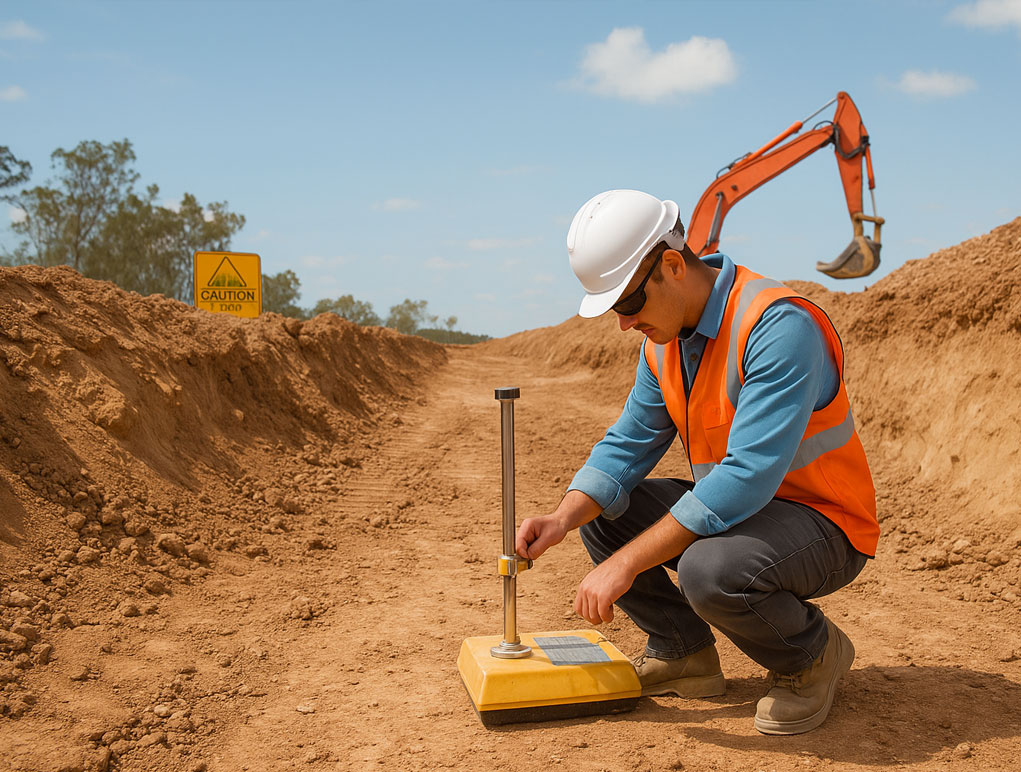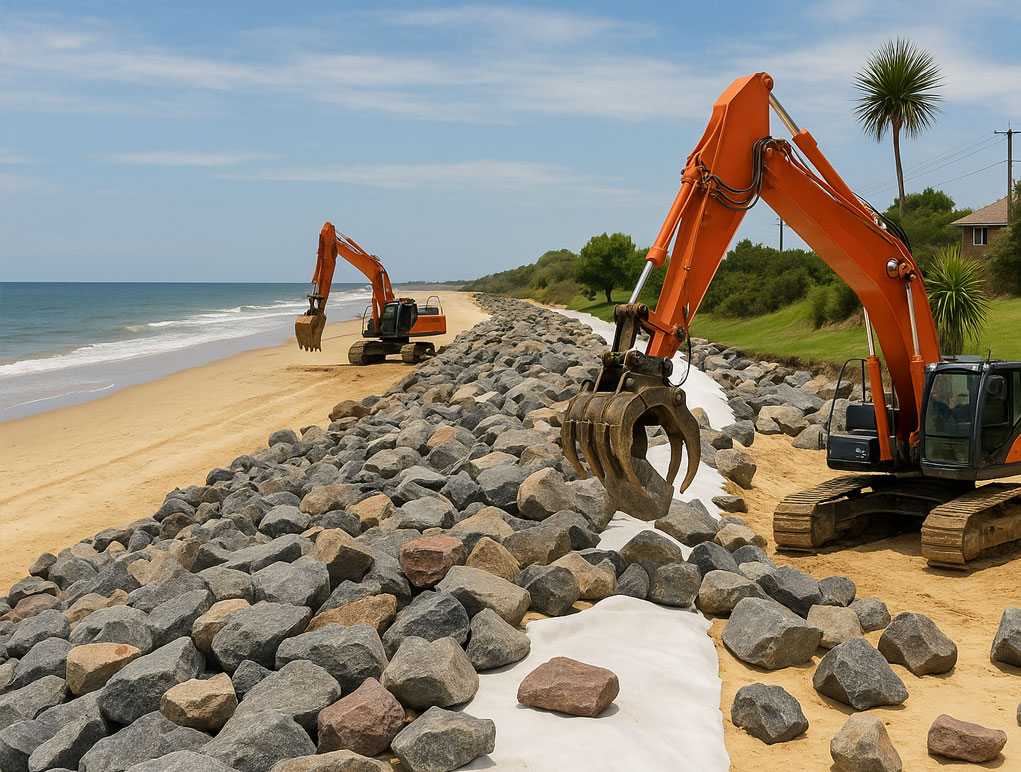
The Future of Structural Design Engineers: Trends Shaping the Industry
The role of a structural design engineer is evolving with advancements in technology, sustainability demands, and innovative construction methods. As engineering firms, including LB Engineering, continue to adapt, it’s essential to explore emerging trends shaping the future of structural design.
1. Smart Structures and AI Integration
The machine would be made into smart structures with the use of AI technology. With the advancement of data acquisition, artificial intelligence (AI) and smart technology are changing the perspective in structural engineering. By using intelligent software in structures design and approached by engineers with almost fully optimized structures, it reduces the waste of material, and improves efficiency. In smart buildings, structural integrity monitoring is through embedded sensors in buildings, thus giving an outcome of improved safety and maintenance processes in terms of real-time monitoring.
2. Environmentally Sustainable Designs
Today, sustainable development has taken the highest priority in bringing structural changes in engineering. It includes green building materials, energy-efficient construction techniques, and carbon-neutral designs. The environmental impact from structural engineers is being minimized by integrating recycled concrete, bamboo, or engineered timber, to mention just a few materials.
3. Prefabrication and Modular Construction
Prefabricated and modular techniques can represent a dramatic change in construction productivity, reducing costs and onsite waste and speeding up construction timelines. Structural engineers include designing these modular components so that they would be durable with safety standards.
4. Advanced 3D Modeling and BIM Technology.
In fact, BIM is a software which is taking structural design engineering projects to another level of sophistication. House inputting software has also improved collaborative working between architect, engineer, and contractor, since it makes less error at project integration. Companies that adopt the modern design concept can have a faster design process and resources that will achieve much through minimal resource allocation in the design workflow.
5. Strongly Built Structures against Extreme Weather
At best times, when natural disasters occur, with climate change attached to increased changes in atmospheric conditions, the need for strong, resilient infrastructures is more urgent than ever. Solutions by structural engineers include wind, earth, and flood resistance against extreme weather to buildings. LB Engineering is well known for structures that prevent destruction from harsh environmental conditions.
6. Forensic Structural Engineering
The forensic structural engineering demand is increasing day by day, and the concerned engineers search all failures in buildings and make visits to look at developing material problems, construction problems, and then make good recommendations for repairs and changes in future designs. Forensic engineering services, including safety and compliance with construction projects, have been defined by LB Engineering.
Conclusion
The future involves innovation, sustainability, and smart technology in structural design engineering. In accordance with the progress of this industry, firms like LB Engineering are still very much attuned to developing safe, efficient, and futuristic designs. With expert assistance or state-of-the-art structural solutions, LB Engineering will bring the vision alive.
FAQs
1. What does a structural design engineer do?
A structural design engineer designs and analyzes buildings, bridges, and other structures, thereby ensuring their safety, stability, and economy. They collaborate with architects and contractors to create designs that are cost-effective and durable.
2. How is AI changing structural engineering?
AI tools allow engineers to design and optimize the process for minimum material wastage and maximum safety. AI commands real-time structural health monitoring systems through smart sensors.
3. What are the advantages of BIM in structural engineering?
The use of BIM improves collaboration, reduces design errors, streamlines construction workflow, and enhances the overall project efficiency.
4. What do structural engineers do in terms of sustainable construction?
In sustainable construction, structural engineers use environmentally friendly materials, energy-efficient designs, and waste management techniques to minimize environmental impact



